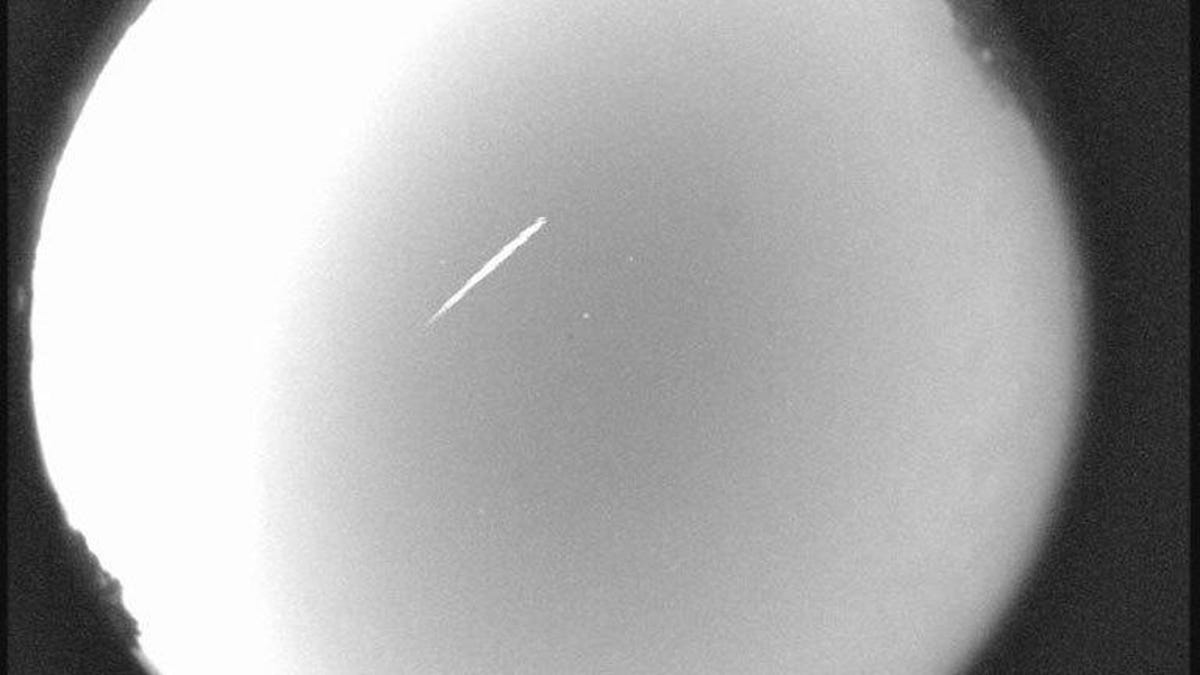How to see the Eta Aquarid meteor shower sizzle in the sky
Space dust left behind by Halley's Comet offers one of the best chances to see shooting stars for several weeks.

An Eta Aquarid meteor seen over Georgia in 2012.
Conditions are great this week for one of the best meteor showers in the first half of the year.
The Eta Aquarids are officially at their most active around May 7, but this shower doesn't have a particularly sharp peak, meaning the next few nights are all good opportunities to catch the show.
A patient backyard spotter with cloudless skies and minimal light pollution might spy 25 to 30 shooting stars, with the chances getting better as you move south. According to the American Meteor Society, the further south your observing location on the globe, the longer your viewing window, but the meteors will also appear lower in the sky . All this means Australians will have some of the best viewing conditions.
These "shooting stars" are actually particles of Halley's Comet, which was last seen in 1986, but the bits of space dust burning up this week come from an earlier, closer pass of the comet centuries ago. They're known for moving particularly fast, at 42 miles per second (66.9km/sec), which makes for long trains but few bright fireballs.
Halley's Comet also produced the debris cloud that gives us the Orionid meteor shower each October.
Regardless of where you are, the Eta Aquarids can be a bit more inconvenient to see than other showers unless you're a very early riser. The show really starts getting going after 2 to 3 a.m. local time and will last about an hour and a half for people around 50 degrees north latitude, which includes places where lots of Canadians, British and French people live. As you move south, the viewing window gets longer, with Australians being treated to a four-hour show.
The meteors will appear to originate from near the constellation Aquarius.
You can just lay back and relax in the early morning hours with a wide view of the sky and have a good chance of seeing some of the meteors, or to maximize your odds of spotting them you can orient yourself to look towards the east and the "water jar" in the constellation Aquarius.
This is a good year for the eta Aquarids because the moon will not be out to muck up your viewing. But you'll still want to get as far away from city lights and other light pollution to have the best viewing experience.
Here's hoping the weather cooperates and you're a (very early) morning person. Happy skywatching!

